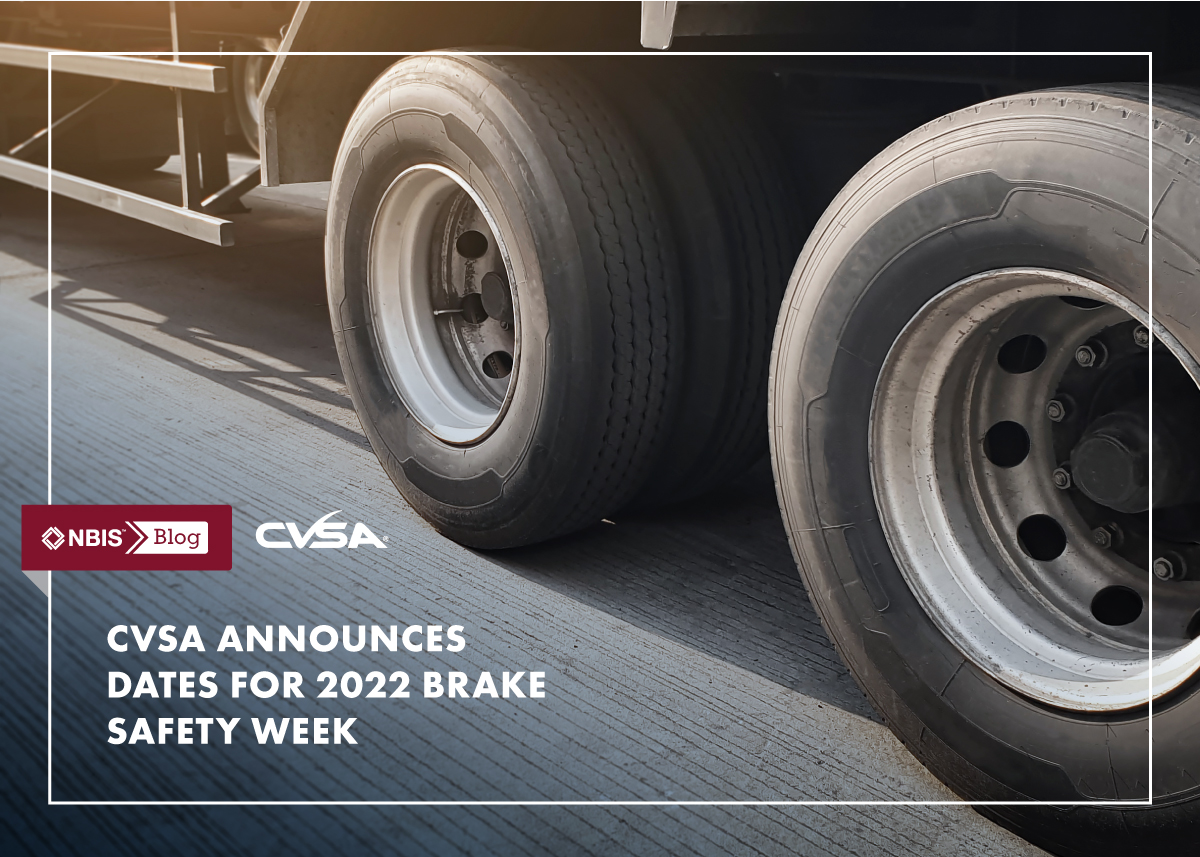Bill Hebron offers important takeaways from the CVSA’s annual Operation Safe Driver Week.
From July 12-18 2020, the Commercial Vehicle Safety Alliance (CVSA) held their annual Operation Safe Driver Week. CVSA conducts this traffic enforcement initiative to assess and deter dangerous traffic behaviors from commercial and passenger motor vehicle drivers.
With highly reduced road traffic nationwide due to the COVID-19 pandemic, many jurisdictions nationwide have seen a general increase in speeding, among other traffic law violations.
The data, particularly the Commercial Motor Vehicle Driver Results, provides valuable insight into roadway safety trends in 2020. Here are the results of the 2020 Operation Safe Driver Week, as well as a few key takeaways:
Commercial Motor Vehicle Driver Results
Participating law enforcement interacted with 29,921 commercial motor vehicle drivers during the week, issuing 6,077 warnings and 4,659 citations. These were the top five citations:
1. Speeding/violation of basic speed law/driving too fast for the conditions – 2,339
2. Failure to use seat belt while operating commercial motor vehicle – 1,003
3. Failure to obey traffic control device – 617
4. Using a hand-held phone/texting – 269
5. Improper lane change – 122
Comparative Data
Commercial and passenger vehicle driver violations differed in frequency and nature. Here are a few relevant pieces of relevant comparative data:
• Both commercial and passenger motor vehicle drivers’ top violations were speeding. Passenger vehicle drivers were cited for speeding over six times more than commercial vehicle drivers.
• Using a hand-held device while driving ranked much higher for commercial vehicle drivers—fourth—than for passenger vehicle drivers, for whom hand-held device violations ranked 12th.
• Similarly, commercial vehicle drivers were cited more often than passenger vehicle drivers for failing to wear a seatbelt—16.42% for commercial vehicle drivers versus 4.25% for passenger vehicle drivers.
Key Takeaways
Speeding is common on the road in 2020. Both commercial and passenger vehicle drivers speed at a high rate, though the trend is more prevalent among passenger drivers. Regardless, speeding is a major cause of traffic incidents, and commercial vehicle driver safety depends on all motorists adhering to speed regulations. Drivers may feel more empowered to speed with the dramatic decrease of road traffic due to COVID-19 shelter-in-place.
For commercial vehicle drivers, hand-held devices pose a particular threat to safety. Distracted driving greatly increases the risk of accident, and can result in costly consequences for drivers and employers alike.
NBIS has a variety of tools to help manage commercial fleets, from dash cam packages to industry-specific driver training. For further information on how NBIS can help your commercial fleet operate with less risk, contact the NBIS Risk Management team at (877) 860.RMSS.
Full results of CVSA’s 2020 Operation Safe Driver Week can be found here.
For more information on 2020 Operation Safe Driver Week, visit the CVSA official website.







